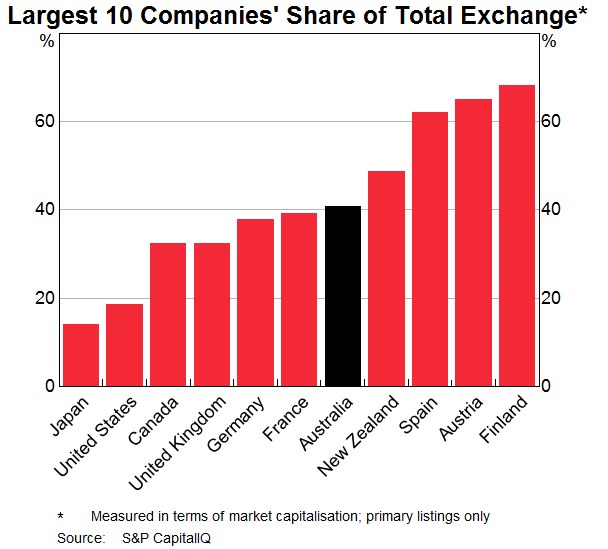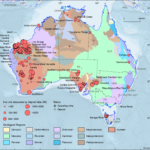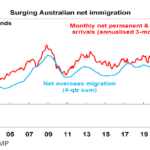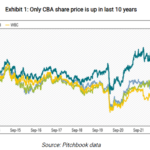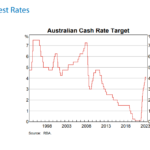One of the important factors to consider when investing in equity markets is concentration risk. To put in simple terms, if a market is highly concentrated or dominated by a handful of firms then the risk is high and vice versa. This is because high concentration leads to severe declines in a down market. A market is well diversified if one sector or a group of firms do not have a high weightage relative to the overall market.
The Australian stock market is highly concentrated relative to other developed markets. In fact, at the end of 2018 the market capitalization of the top 10 firms in the Australian Stock Exchange accounted for over 40% of the market. This more than double the rate of the US market and is even higher than countries like France, UK, Germany, etc. Though Australia is one of the world’s major economies, certain sectors such as financials, natural resources, etc. tend to dominate the economy. Accordingly some of the firms from these sectors are the top firms in the benchmark equity index.
The following chart shows the share of the largest 10 companies of select developed markets:
Click to enlarge
Source: The Long View on Australian Equities by Marion Kohler, Head of Domestic Markets Department, RBA
From the above article:
Let’s have a closer look at the companies that make up the Australian securities exchanhas ge (or, abbreviated, the ASX). Graph 6 compares the concentration of the stock exchange for different countries. The bars show what share of the total market capitalisation is accounted for by the top 10 companies. On this metric, the ASX is quite concentrated in large companies, with the top 10 companies accounting for a bit less than half of the market capitalisation of the ASX.
You will notice that the countries with the larger concentrations (on the right-hand side of the graph) tend to be smaller economies. Among similar-sized exchanges, the level of concentration seen at the ASX is not unusual. It means, however, that an investor in a market capitalisation-weighted portfolio of equities is exposed to developments in a smaller set of companies.
As of September 30, 2019 the top 10 constituents the S&P/ASX 200 index account for 45.1% of the index. On the other hand, the top 10 firms in the S&P 500 had a weightage of just 21.6% of the index.
Another way to look at the concentration risk is the sector breakdown of the ASX 200 index.
Click to enlarge
Source: S&P
Financials and Resources account for nearly 50% of the index. The four major banks in the top 10 of the index are: Australia & New Zealand Banking Group Limited (ANZBY) , Commonwealth Bank of Australia (CMWAY), National Australia Bank Limited (NABZY) and Westpac Banking Corp (WBK).
What risks investors face with investing in highly concentrated markets such a Australia?
Investors that invest in an ETF or other products that track the S&P/ASX 200 index, are vulnerable to movements in the small number of firms that dominate the index. Since this index is a market cap weighted index, firms with higher market caps get higher weightage. So in a bull market, Australian market may soar driven by a handful of firms and in a downward market the growth will be in the other direction.
Related ETF:
Disclosure: Long NABZY, WBK
